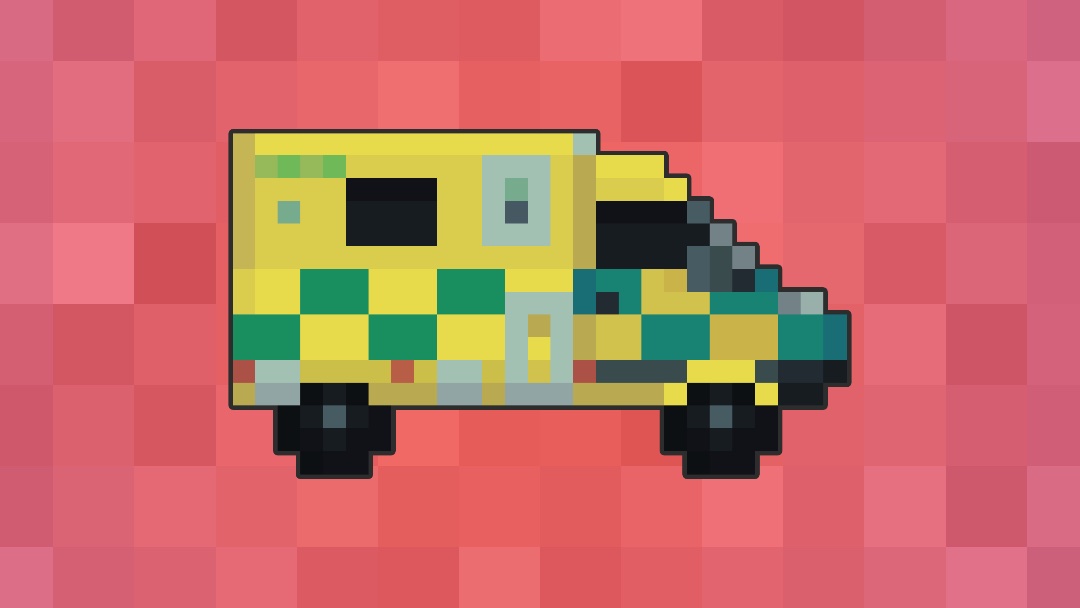- 📖 Geeky Medics OSCE Book
- ⚡ Geeky Medics Bundles
- ✨ 1300+ OSCE Stations
- ✅ OSCE Checklist PDF Booklet
- 🧠 UKMLA AKT Question Bank
- 💊 PSA Question Bank
- 💉 Clinical Skills App
- 🗂️ Flashcard Collections | OSCE, Medicine, Surgery, Anatomy
- 💬 SCA Cases for MRCGP
To be the first to know about our latest videos subscribe to our YouTube channel 🙌
Background
Those over the age of 65 have the highest risk of falling with 30% of those over 65 and 50% of those over 80 falling at least once a year.¹ Falls can have a profoundly negative impact on the quality of life of the elderly and their carers. Physical distress, pain and injury are also associated with loss of confidence and independence. This negatively affects morbidity and mortality with associated financial implications for the NHS.
History of presenting complaint
A detailed history is essential in determining the cause of falls. The table below highlights key information that should be gathered when taking a history.
| WHO | Who has seen you fall? | Ensure adequate collateral history including addressing the when, where, what and why. |
| WHEN | When did you fall? |
What time of day? What were they doing at the time?
|
| WHERE | Where did you fall? | In the house, or outside? |
| WHAT | What happened before/during and after the fall? |
Before
During
After
|
| WHY | Why do you think you fell? | May have tripped over a rug or started a new medication |
| HOW | How many times have you fallen over the last 6 months? | Allows you to gauge the severity of the problem |
Be cautious in cases where the patient is unable to recall events clearly, as this may indicate new confusion associated with a head injury.
Systems enquiry
A systems enquiry may identify other relevant information that may relate to falls.
| General |
|
| Cardiovascular |
|
| Respiratory |
|
| Neurological |
|
| Genitourinary |
|
| Gastrointestinal |
|
| Musculoskeletal |
|
Past medical history
| General |
|
| Cardiovascular |
|
| Respiratory |
|
| Neurological |
|
| Genitourinary |
|
| Gastrointestinal |
|
| Musculoskeletal |
|
Social history
- Alcohol intake
- Support at home – friends/family and carers
- Mobility – use of mobility aids and when (e.g. zimmer frame downstairs only)
Medication review
Most medications have side effects which can increase the likelihood of falls. Polypharmacy itself is a risk factor for falls. It is good practice to review medications and de-prescribe those which are no-longer indicated.
Examples of medications that increase the risk of falls:
- Beta-blockers (bradycardia)
- Diabetic medications (hypoglycaemia)
- Antihypertensives (hypotension)
- Benzodiazepines (sedation)
- Antibiotics (intercurrent infection)
Clinical examination
| General |
|
| Cardiovascular |
|
| Respiratory |
|
| Neurological |
|
| Gastrointestinal |
|
| Musculoskeletal |
|
| ENT |
|
Investigations
Investigations are based on your history and examination but could include some of those mentioned below.
| CATEGORY | TEST | POSSIBLE CAUSE OF FALL |
| Bedside | Vital signs (BP/HR/RR/SpO2/Temperature) |
|
| Lying and standing blood pressure |
|
|
| Urine dipstick |
|
|
| ECG |
|
|
| Cognitive screening (e.g. AMT) |
|
|
| Blood glucose |
|
|
| Bloods | Full blood count |
|
| Urea and electrolytes |
|
|
| Liver function tests |
|
|
| Bone profile |
|
|
| Imaging | Chest X-ray |
|
| CT head |
|
|
| Echo |
|
|
| Specialist | Tilt table test | |
| Dix-Hallpike test |
|
|
| Cardiac monitoring (e.g. 48hr tape) |
|
Differential diagnosis
The differential diagnosis of falls is very broad. It is important to determine whether the patient has suffered a transient loss of consciousness or a simple mechanical fall.
Some possible causes of falls are shown in the table below.
| General |
|
| Cardiovascular |
|
| Neurological |
|
| Genitourinary |
|
| Endocrine |
|
| Musculoskeletal |
|
| ENT |
|
Management
Once transient loss of consciousness has been ruled out, it is important to complete a full falls risk assessment. This is indicated in order to identify any causative features especially as older people are likely to have multiple co-existing risk factors. Although priority should be to treat any underlying medical cause (e.g. pacemaker if complete heart block), all causes should be addressed where possible. Due to the complex aetiology, it is important to continue to search for possible risk factors and causes of falls even when one has been found.
The table below includes some of the key components of a full falls risk assessment.
| ASSESSMENT | POSSIBLE INTERVENTION | |
| 1 | Gait |
|
| 2 | Visual problems |
|
| 3 | Hearing difficulties |
|
| 4 | Medications review |
|
| 5 | Alcohol intake |
|
| 6 | Cognitive impairment |
|
| 7 | Postural hypotension |
|
| 8 | Continence |
|
| 9 | Footwear |
|
| 10 | Environmental hazards |
|
References
- Falls in older people: assessing risk and prevention. Clinical guideline [CG161]. Published date:June 2013. Available from: [LINK]




